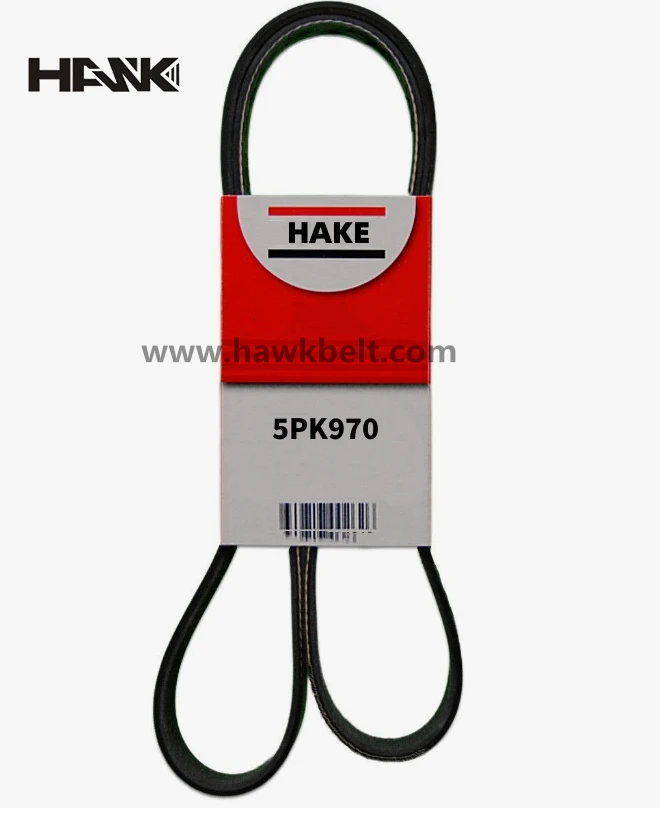- Arabic
- French
- Russian
- Spanish
- Portuguese
- Turkish
- Armenian
- English
- Albanian
- Amharic
- Azerbaijani
- Basque
- Belarusian
- Bengali
- Bosnian
- Bulgarian
- Catalan
- Cebuano
- Corsican
- Croatian
- Czech
- Danish
- Dutch
- Afrikaans
- Esperanto
- Estonian
- Finnish
- Frisian
- Galician
- Georgian
- German
- Greek
- Gujarati
- Haitian Creole
- hausa
- hawaiian
- Hebrew
- Hindi
- Miao
- Hungarian
- Icelandic
- igbo
- Indonesian
- irish
- Italian
- Japanese
- Javanese
- Kannada
- kazakh
- Khmer
- Rwandese
- Korean
- Kurdish
- Kyrgyz
- Lao
- Latin
- Latvian
- Lithuanian
- Luxembourgish
- Macedonian
- Malgashi
- Malay
- Malayalam
- Maltese
- Maori
- Marathi
- Mongolian
- Myanmar
- Nepali
- Norwegian
- Norwegian
- Occitan
- Pashto
- Persian
- Polish
- Punjabi
- Romanian
- Samoan
- Scottish Gaelic
- Serbian
- Sesotho
- Shona
- Sindhi
- Sinhala
- Slovak
- Slovenian
- Somali
- Sundanese
- Swahili
- Swedish
- Tagalog
- Tajik
- Tamil
- Tatar
- Telugu
- Thai
- Turkmen
- Ukrainian
- Urdu
- Uighur
- Uzbek
- Vietnamese
- Welsh
- Bantu
- Yiddish
- Yoruba
- Zulu
നവം . 09, 2024 02:25 Back to list
Rubber V Belts for Efficient Agricultural Machinery Performance and Durability
The Importance of Rubber V Belts in Agricultural Machinery
Agricultural machinery plays a crucial role in ensuring food security and optimizing farm productivity. Among the many components that comprise these machines, the rubber V belt is a vital yet often overlooked element. Understanding the significance and functionality of rubber V belts in agricultural equipment can shed light on their impact on farming efficiency and productivity.
What are Rubber V Belts?
Rubber V belts are flexible, power transmission belts that feature a trapezoidal cross-section, which enables them to fit snugly into corresponding grooves on pulleys. These belts are primarily made of high-quality rubber, reinforced with fabric or steel cords for added strength and durability. Their design allows for effective power transfer between various components in agricultural machinery, such as tractors, harvesters, and tillers.
Applications in Agriculture
Rubber V belts are used in a variety of agricultural machinery applications. They are essential in the operation of engines, where they help transfer power from the engine to other mechanical components. For instance, on a tractor, the rubber V belt can drive the alternator, water pump, and other crucial systems. In combine harvesters, they can be found driving the grain auger and cutting mechanisms.
Their versatility extends to irrigation systems as well, where rubber V belts can be used in pump drives, ensuring the efficient movement of water to crops. Their widespread usage highlights their importance in optimizing various tasks, from planting and maintenance to harvesting.
Advantages of Rubber V Belts
The efficiency of rubber V belts contributes greatly to the overall effectiveness of agricultural machinery
. Some key advantages includerubber v belt\/agricultural machinery belt

1. High Flexibility and Elasticity Rubber V belts can bend and twist without losing strength, allowing them to adapt to the dynamic conditions of agricultural operations.
2. Durable Construction The combination of rubber and reinforcement materials ensures that these belts can withstand harsh working conditions, including exposure to UV rays, high temperatures, and extreme weather.
3. Vibration Resistance Agricultural machines often endure a significant amount of vibration. Rubber V belts are designed to minimize these vibrations, ensuring smoother operations and reducing wear and tear on machinery.
4. Cost-Effectiveness While the upfront cost of rubber V belts may seem high, their durability and low maintenance requirements lead to savings in the long term. In agricultural settings where uptime is crucial, investing in reliable components like V belts pays off.
Maintenance and Replacement
To maximize the lifespan of rubber V belts, regular maintenance is essential. Farmers and machinery operators should conduct visual inspections to check for signs of wear, such as cracks or fraying. Proper tensioning of the belts is also critical, as both slack and excessive tension can lead to premature failure.
When a rubber V belt shows signs of significant wear or breakage, timely replacement is essential to prevent mechanical failures that could halt operation. Having a set of replacement belts on hand can minimize downtime during critical planting or harvesting seasons.
Conclusion
Rubber V belts may be small components, but their role in agricultural machinery is substantial. They facilitate the efficient operation of various machines, contributing to the overall productivity and success of farming operations. By understanding their importance and maintaining them properly, farmers can ensure that their equipment operates smoothly, confidently investing in the productivity and sustainability of agricultural practices. In a world increasingly focused on efficiency and sustainability, the rubber V belt stands as a testament to the ingenuity that powers modern agriculture.
-
Precision Double-Sided Toothed Endless Flat Drive Belts
NewsAug.09,2025
-
Durable Tooth Belts: Precision Power for Poly V Belt Drives
NewsAug.08,2025
-
Reliable Diesel Engine Belts & Tensioners for Optimal Performance
NewsAug.07,2025
-
23100-KVB-901 Drive Belt for Honda VARIO | OEM Performance
NewsAug.06,2025
-
Variable Belt Drive AI Optimized for Efficiency
NewsAug.05,2025
-
High-Quality Tensioner Belt Pulley - Durable & Efficient
NewsAug.03,2025

